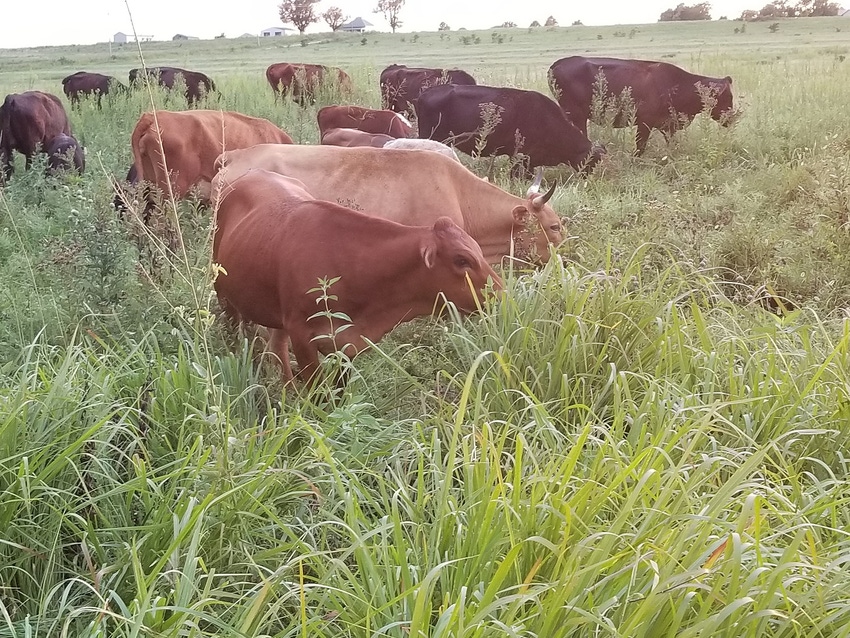
For many of us who have been heavily involved in the cattle business and agriculture for decades it is evident that a good percentage of industrial agriculture is not only flawed but broken.
My friend Burke Teichert recently pointed out in BEEF that we must move far away from a system that is dependent on equipment, fossil fuel, salt fertilizers, and chemicals to war on weeds and bugs. Teichert made a challenge to all of us and made mention of the fact that our industry is in dire need of energetic-thinking young minds that have motivation. We are talking about a 180-degree challenge move.
Most of us have been brainwashed to believe that high production would be profitable at most any cost. The truth is that this has never been the case. High-production producers (the folks who have won most awards) have seldom remained in production agriculture. This is true of veterinarians as well as producers. High-production focused veterinarians - usually end up with a university or industrial job.
Mississippi veterinarian and cattleman Gordon Hazard was asked by a friend many years ago when he was selected as Mississippi Cattleman of the Year if he reckoned his operation would remain viable. Hazard answered that he wouldn’t be changing a "damn thing" to impress anyone. He didn’t and he received few future awards but he made a profit every year.
Presently, much of our business lacks high profitability down on the farm. Few of our pastures are improving. Our soil is not growing and getting better. Very few cows are wintered without eating nearly two tons of hay and $50 of additional supplement. I routinely see figures of $140 per hundred pounds for calf production costs.
Better ways are out there. Beef Producer speaks of them on a regular basis. But there are young people who could bring in more improvements we have failed to identify. We need these people.
We now have producers that are capturing moisture and growing huge amounts of near-year-around biomass that is nutrient dense. These people have left the kill mode and are building life. Bare ground and monocultures are near nonexistent on their pastures. Ditto the same for hay or hay feeding. Their production costs are closer to $200 per calf than $800. They have some green year around and mud is seldom present. The natural model is doing most of the work. What is everybody waiting for?
About the Author(s)
You May Also Like






